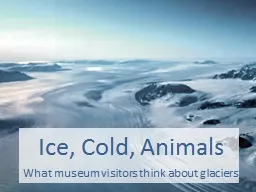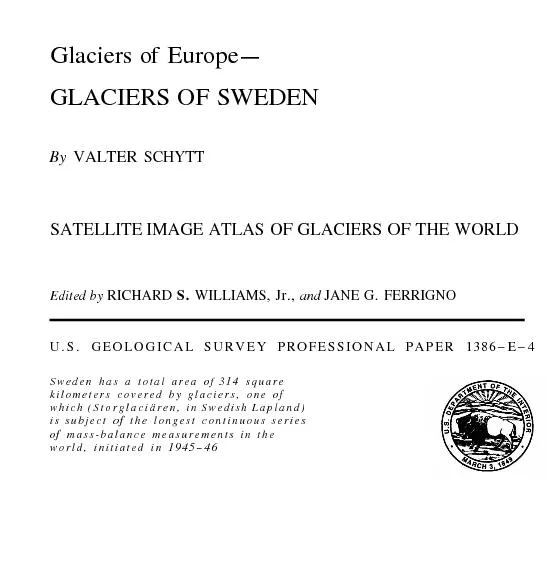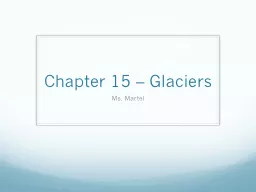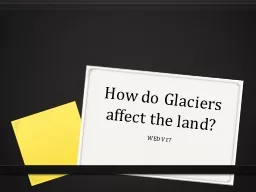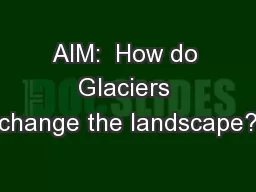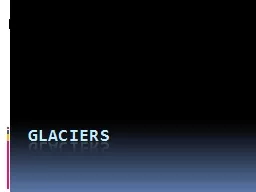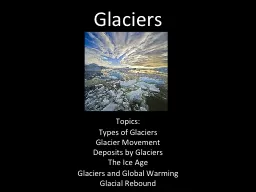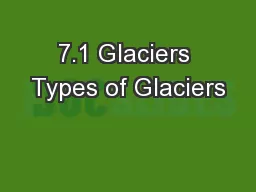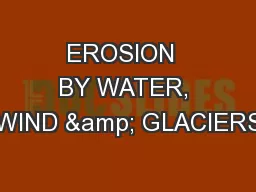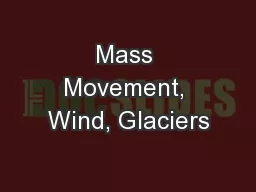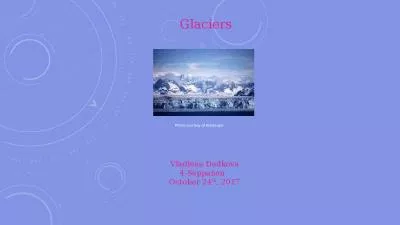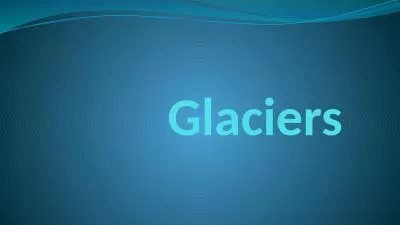PPT-Ice, Cold, Animals What museum visitors think about glaciers
Author : liane-varnes | Published Date : 2018-12-08
Kelly Cronin Beth Stricker Richard Kissel Rob Ross Cassie Mundt croninmuseumoftheearthorg Paleontological Research Institution and its Museum of the Earth Pic
Presentation Embed Code
Download Presentation
Download Presentation The PPT/PDF document "Ice, Cold, Animals What museum visitors ..." is the property of its rightful owner. Permission is granted to download and print the materials on this website for personal, non-commercial use only, and to display it on your personal computer provided you do not modify the materials and that you retain all copyright notices contained in the materials. By downloading content from our website, you accept the terms of this agreement.
Ice, Cold, Animals What museum visitors think about glaciers: Transcript
Download Rules Of Document
"Ice, Cold, Animals What museum visitors think about glaciers"The content belongs to its owner. You may download and print it for personal use, without modification, and keep all copyright notices. By downloading, you agree to these terms.
Related Documents

